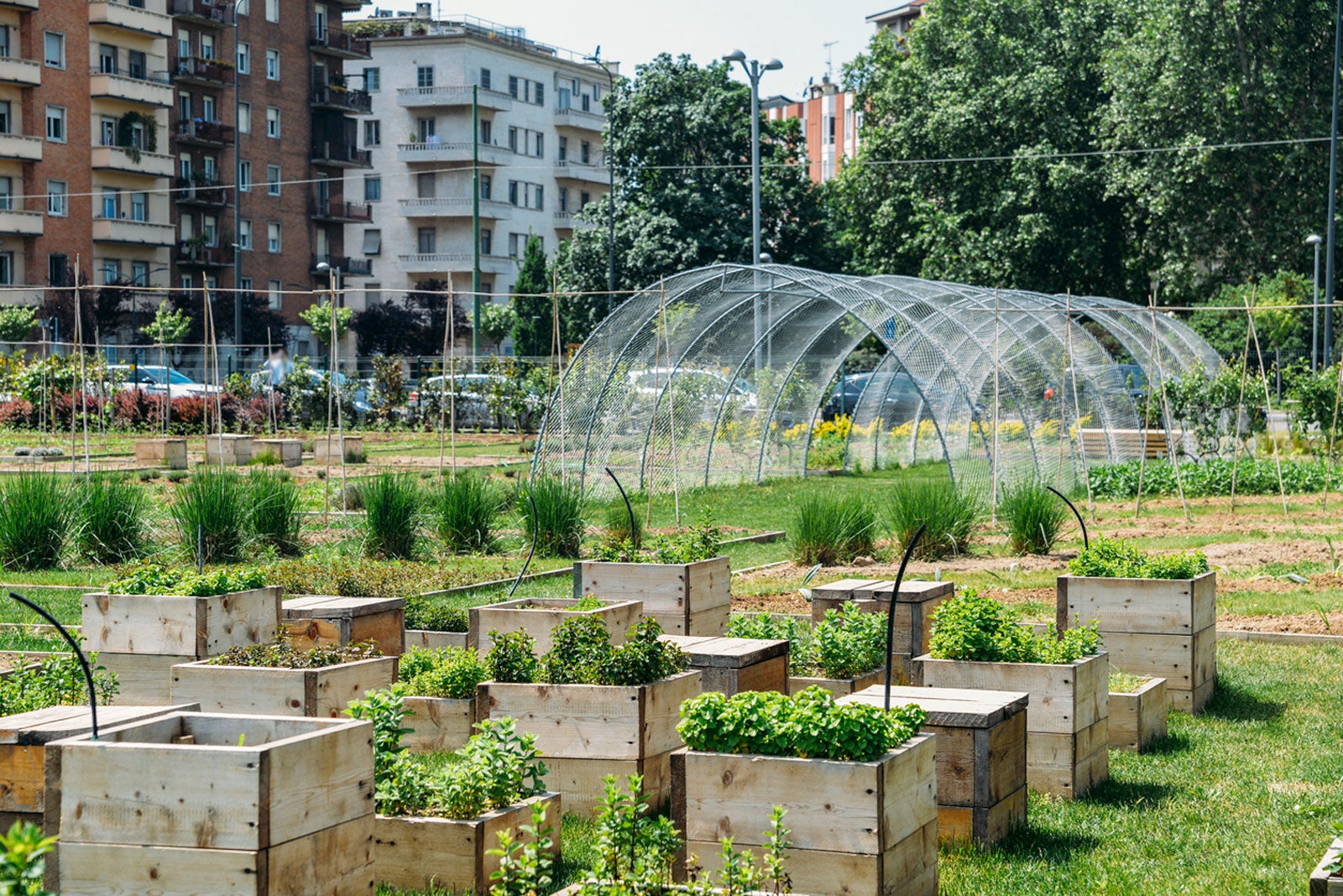Not known Factual Statements About City Blooming
Not known Factual Statements About City Blooming
Blog Article
An Unbiased View of City Blooming
Table of ContentsCity Blooming for BeginnersSome Known Facts About City Blooming.Some Of City BloomingThe 5-Minute Rule for City BloomingCity Blooming - An Overview
Intrigued in expanding food for sale in the City of Chicago? Below is a list of often asked concerns relating to the guidelines and laws that cultivators ought to think about when intending a city agriculture project.
The zoning modification does not modify any other codes taking care of composting, structure permits, purchasing or leasing City owned building, service licenses or ecological contamination. There are existing codes that control these problems and they stay in full effect and may apply to your project. Area yards are usually had or managed by public entities, civic organizations or community-based organizations and kept by volunteers.
Urban ranches grow food that is meant to be offered, either on a nonprofit or for-profit basis. Because of their commercial objective, metropolitan farms require a business certificate. Yes. A neighborhood garden is enabled to market excess generate that was expanded on website if the sales are accessory or secondary to the yard's key function described above.
City Blooming Things To Know Before You Buy
Composting is allowed but just for plant product that is created and used on website. The quantity of garden compost product can not go beyond 25 cubic yards at any given time according to the requirements in 7-28-715 of the City's Municipal Code. Yes. Since the dirt at many new garden sites needs modifying, garden compost, soil, wood chips, or various other materials can be obtained to create or boost the expanding room - container and raised bed gardening etc..

If a structure license is required then the hoophouse will certainly be thought about an accessory building. You can discover out more concerning the building authorization demands by getting in touch with the Division of Structures. The 25,000-square-foot size limit is planned to prevent a single neighborhood yard from controling an offered block or interfering with the block's existing residential or business personality.
The limitation does not relate to yards found in Public Open Area (POS) districts. Can there be more than one community yard that is 25,000 square feet on a single block? Yes. The dimension limitation applies to individual gardens, not to specific blocks. No. Secure fencing is not called for, nevertheless, gardens that have big parking lot might be required to mount fencing or various other landscape design functions.
Some Known Facts About City Blooming.
B1 & B2 areas need that all commercial use activities be performed indoors. R districts restrict industrial task. The guidelines mirror the function and intent of the Zoning Code. Is fencing required for city ranches? Yes. Fences might be required, along with landscaping and testing, for sure auto parking areas and outside work or storage locations relying on place and the certain activity happening.
Yes. Urban ranches call for building authorizations and zoning approvals before building and construction. Various other types of city testimonial may be called for depending on specific structures, tasks, dimension, landscaping, licensing, public health and stormwater management problems. A number of these needs are identified in the job design or permitting procedure, however, the applicant might be liable to separately identify particular licenses or allows that might be needed.
The Division of Business Matters and Consumer Security can help identify the specific kind of company license that's needed. Off road auto parking is required for most business jobs in Chicago. The required number of car parking areas is based on the number of employees continue reading this functioning on site and not the square video footage of the expanding space.
City Blooming Things To Know Before You Get This

A metropolitan farm can offer compost material produced on site, nonetheless, the procedure must conform with the regulations in 7-28-715 of the Chicago Municipal Code. Aquaponic systems are enabled inside on urban ranches in several zoning districts.
Approximately five hives or swarms of honey might be maintained as an accessory use. Beekeepers must register with the Illinois Division of Agriculture. For more details regarding the proposed zoning modification you may contact the Division of Housing and Economic Development, Bureau of Planning and Zoning at 312.744.8563.
, which takes location in rural locations at the edge of suburban areas.
The Only Guide for City Blooming
It can include a movement of organic growers, "foodies" and "locavores", that look for to develop social media networks started on a common principles of nature and area holism. These networks can establish using formal institutional assistance, ending up being incorporated right into neighborhood town as a "shift community" movement for sustainable urban development.
Some of the initial proof of metropolitan farming comes from Mesopotamia.
Report this page